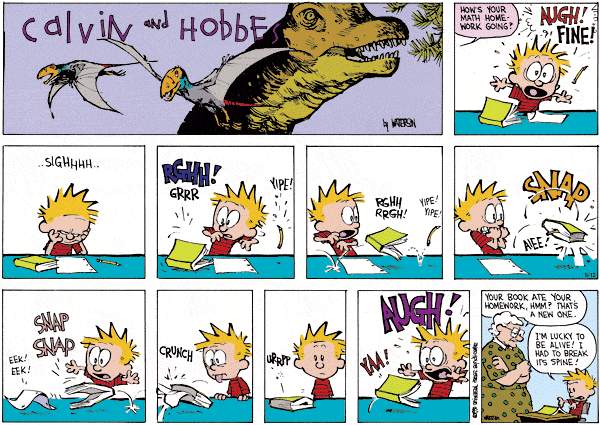The Best Way to Study (It's Not What You Think)

A few months ago, at dinner, I told the kids about a book I was working on by Benedict Carey, a science reporter at The New York Times. The book is called How We Learn, and it's about all the sneaky, counterintuitive ways we learn -- in other words, the ways we learn outside of the school environment. I told Phoebe about one section of the book that ta…




